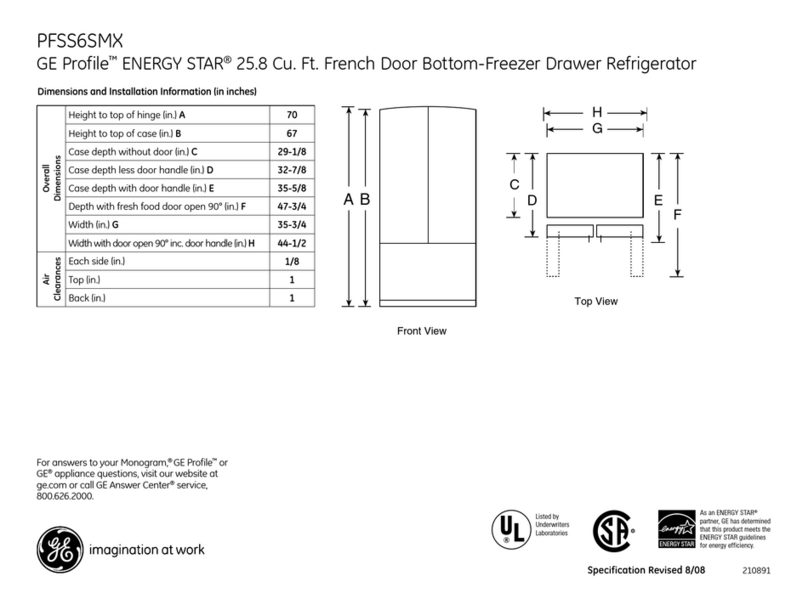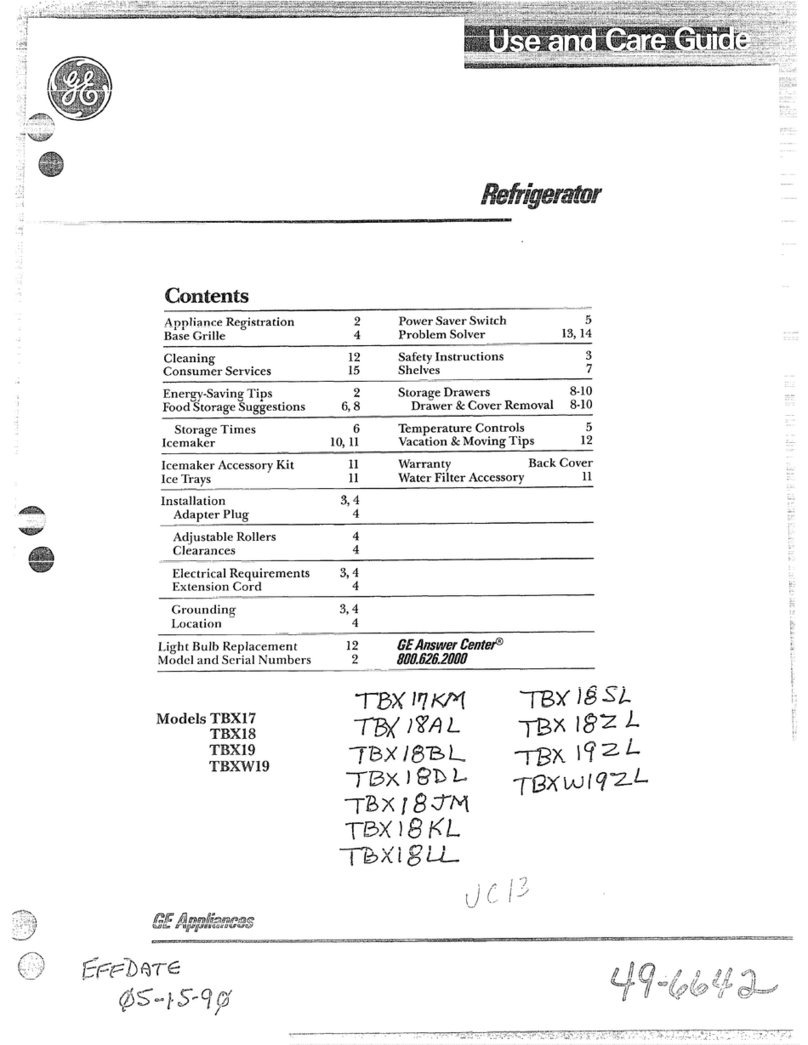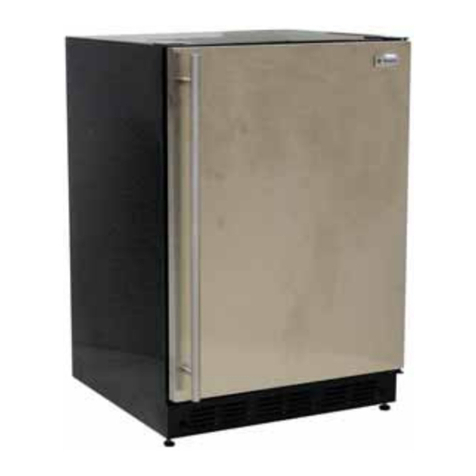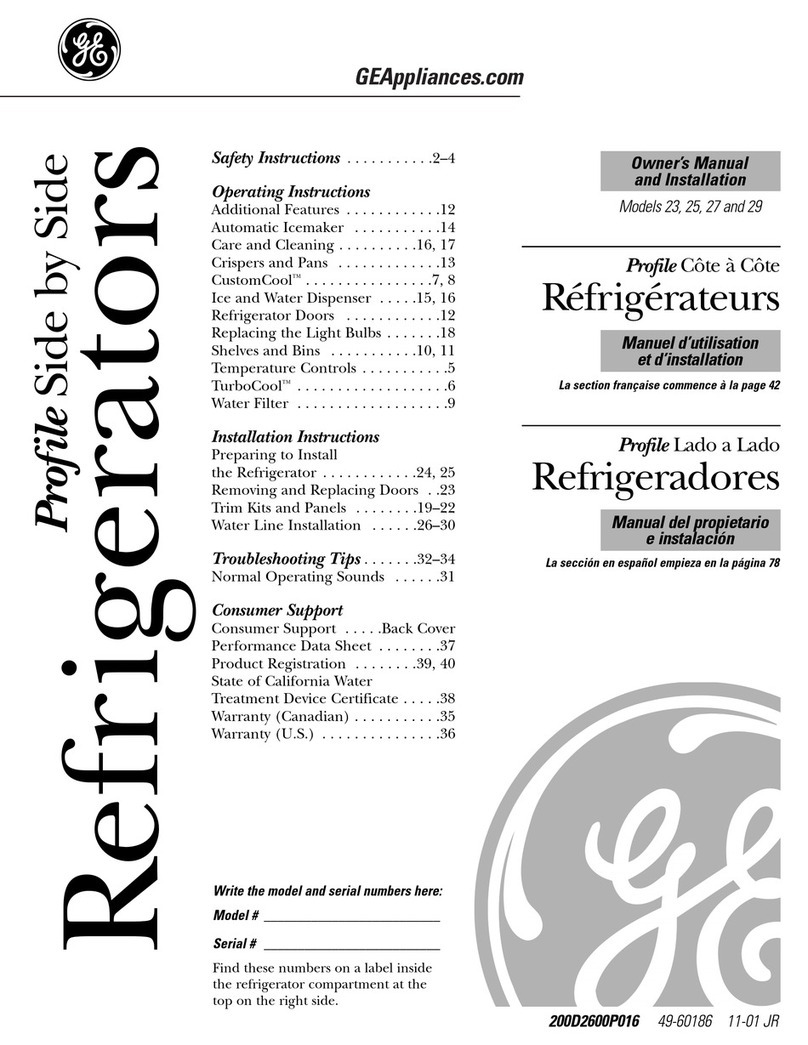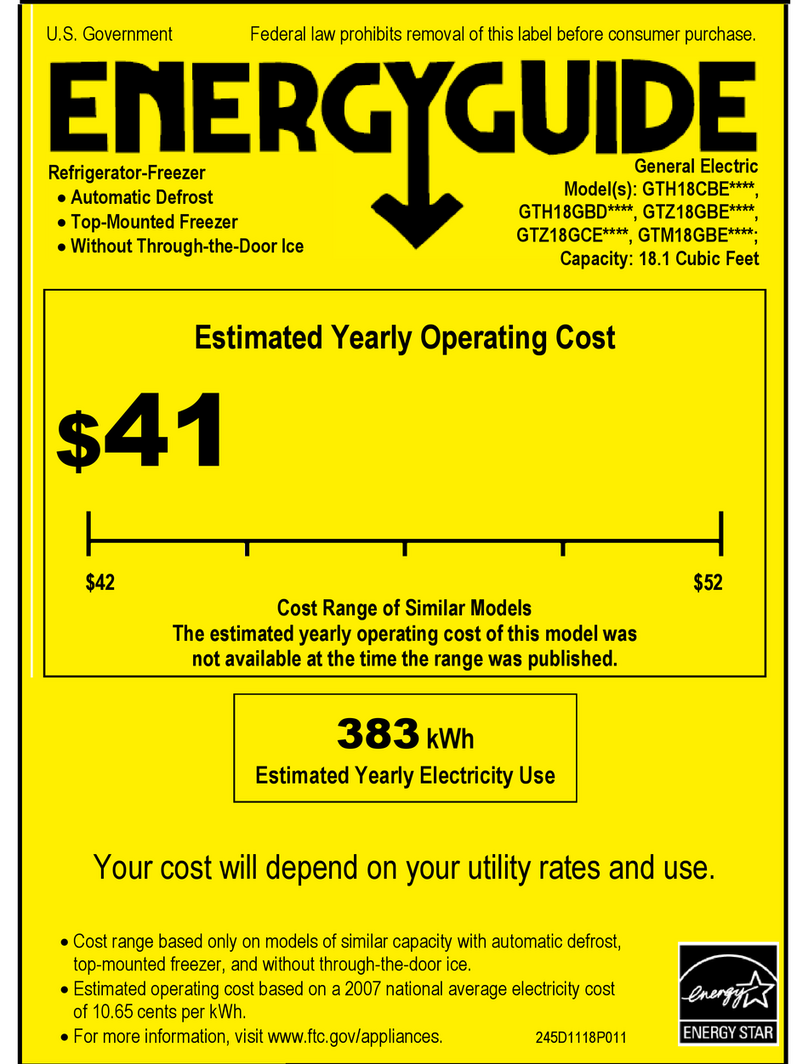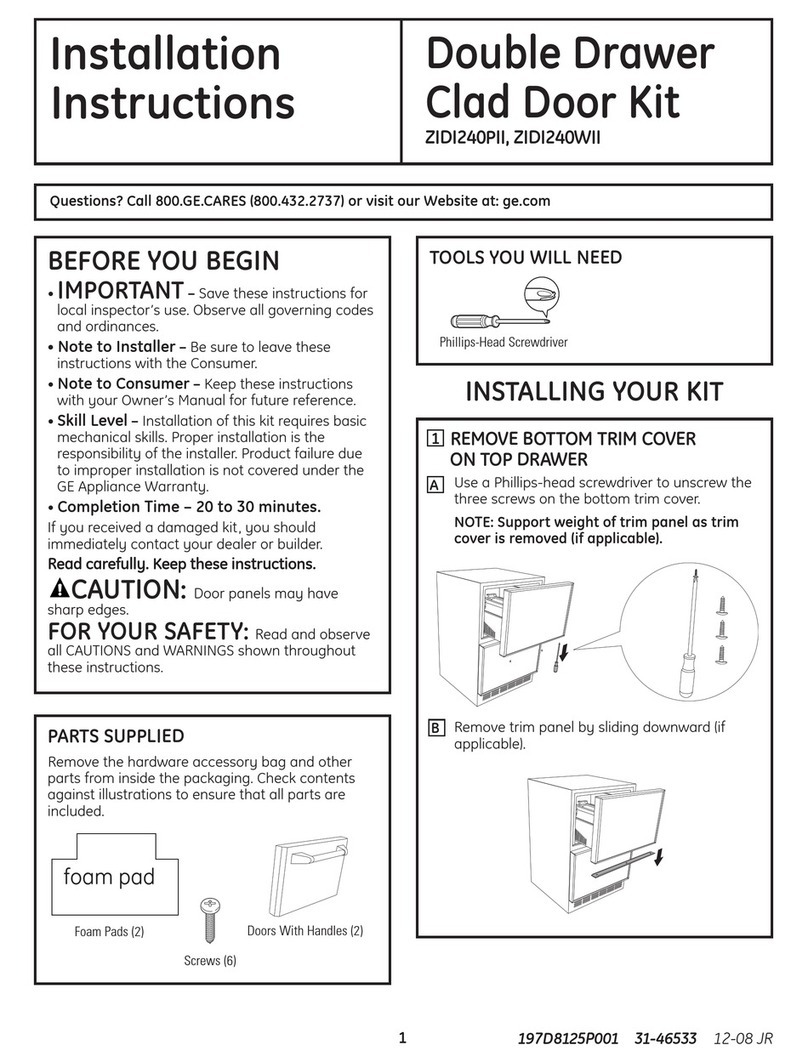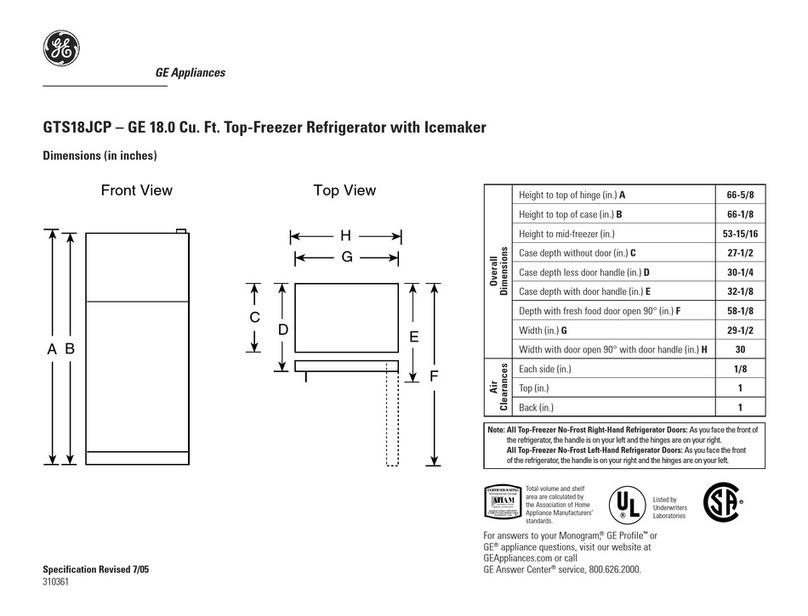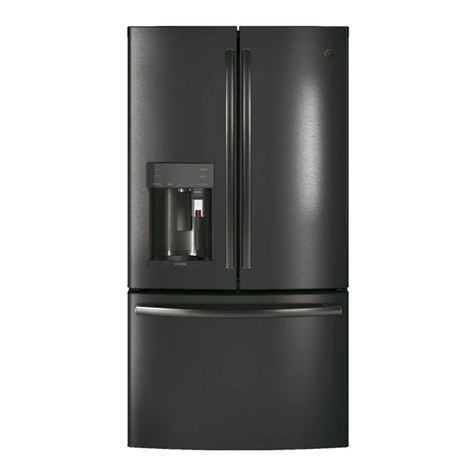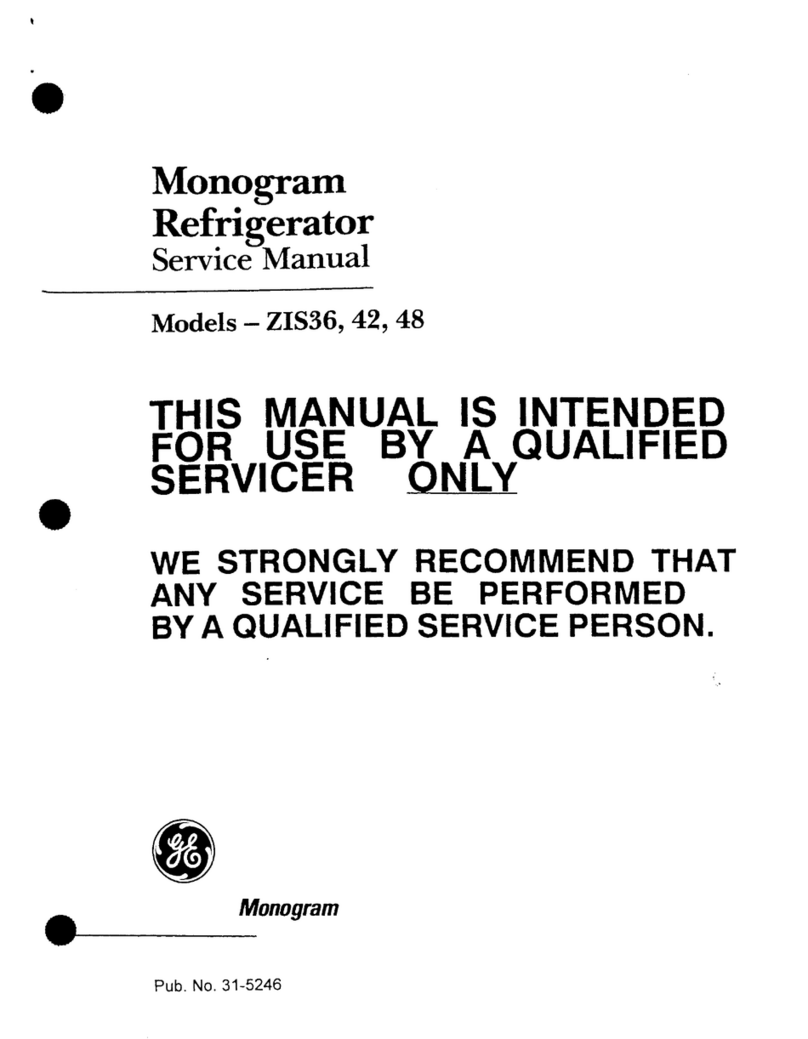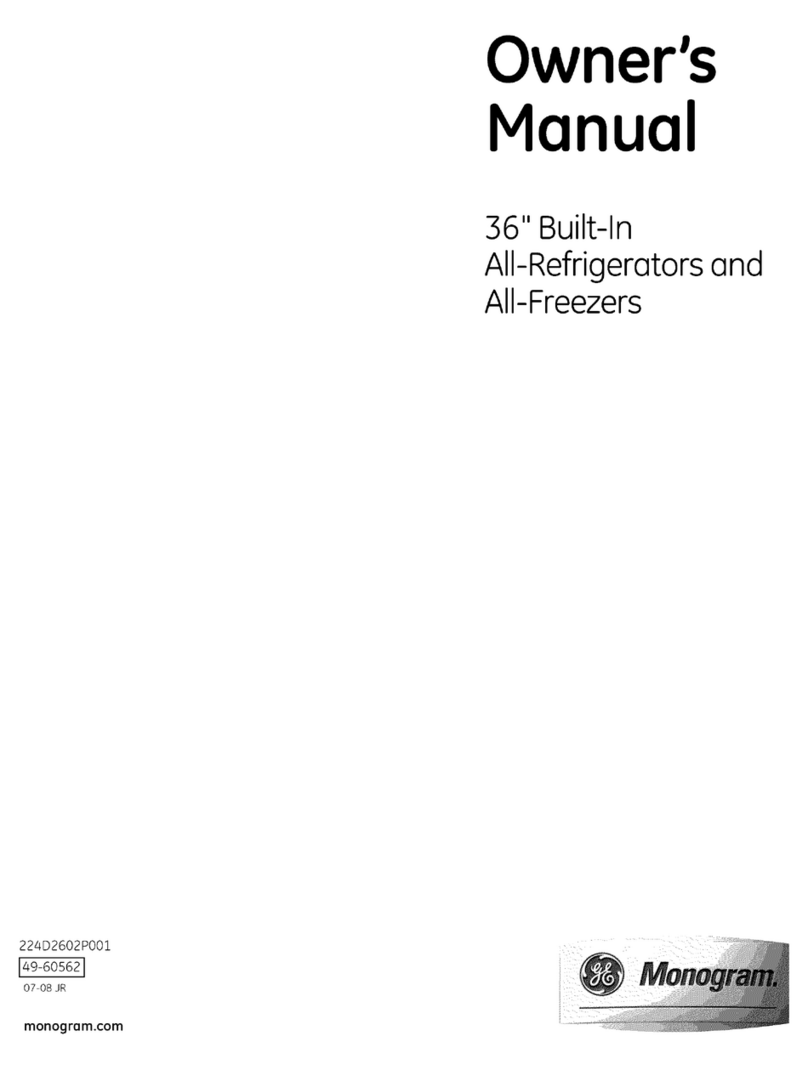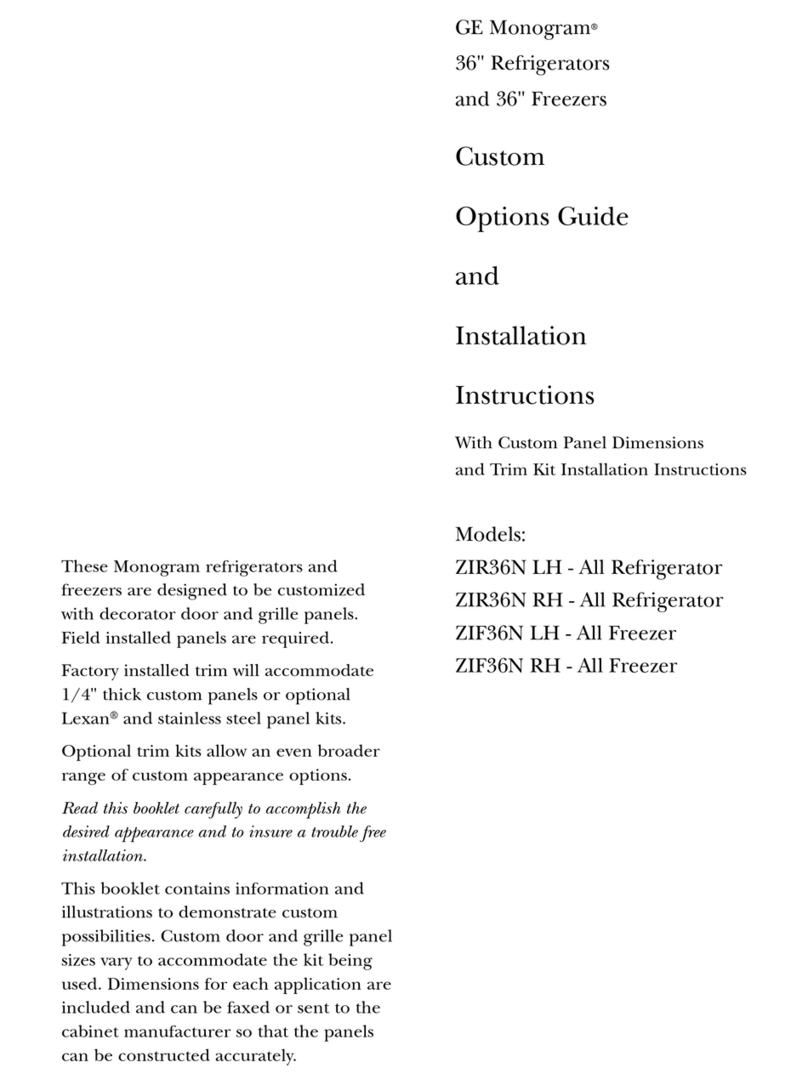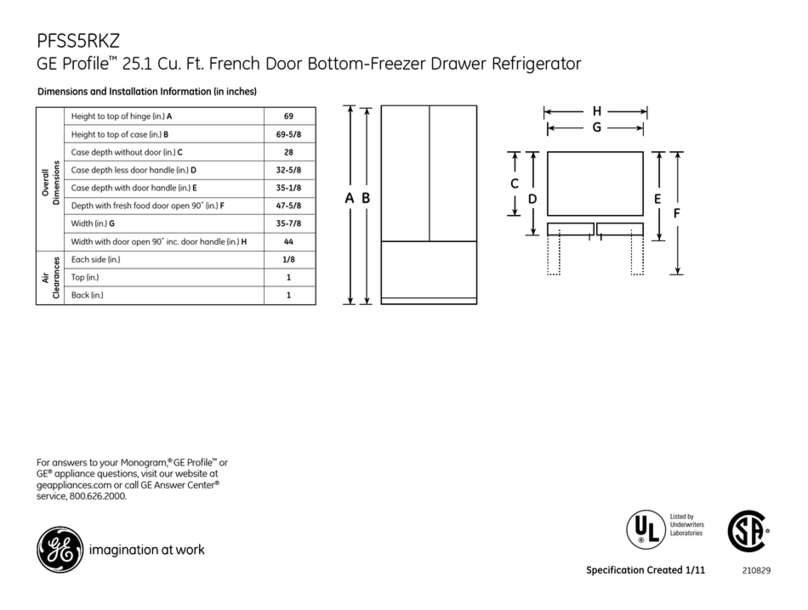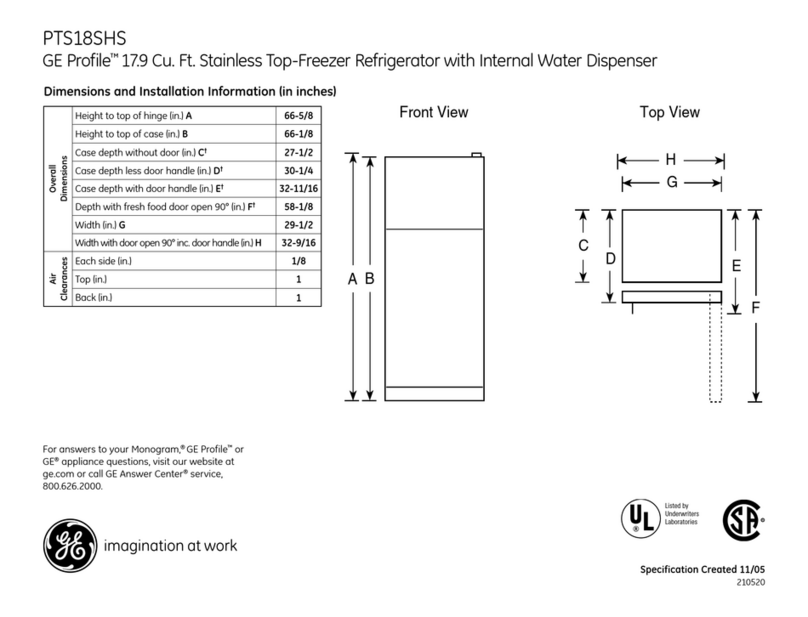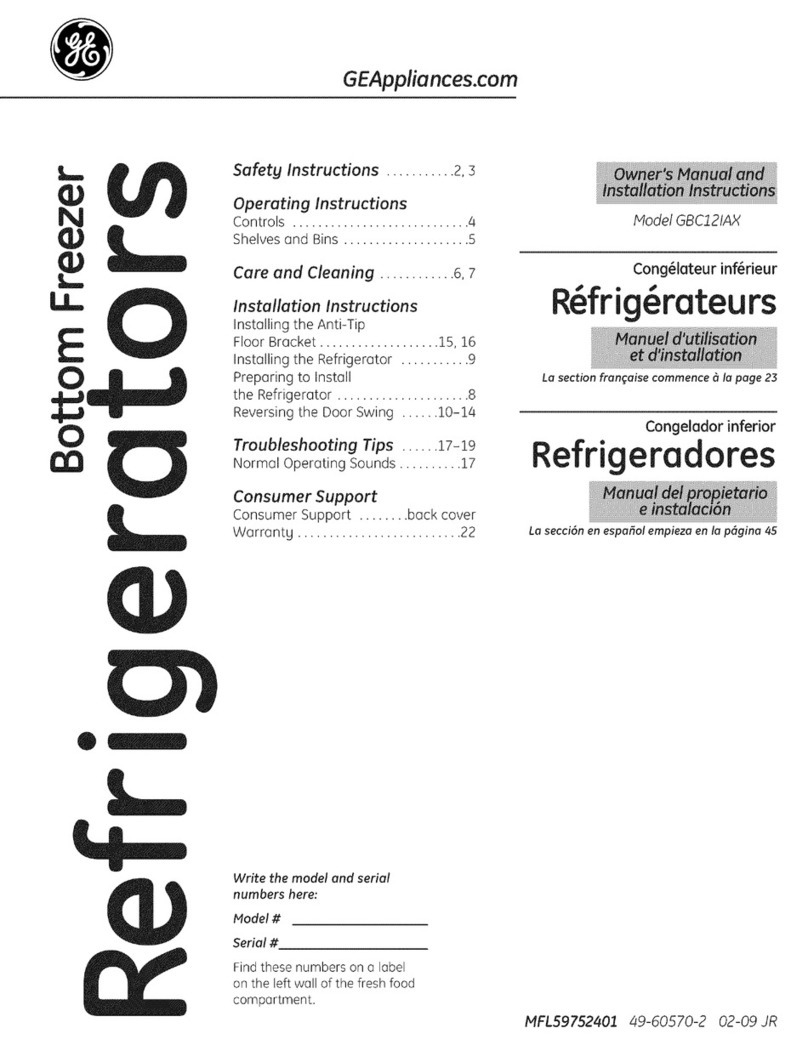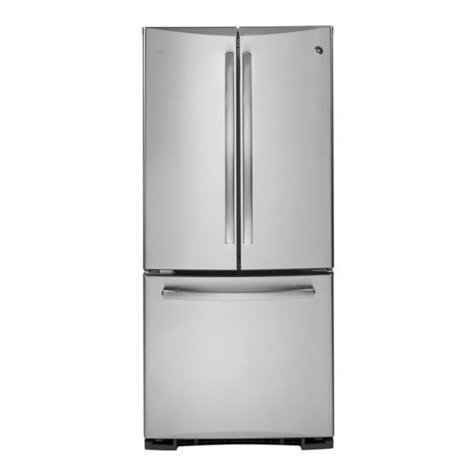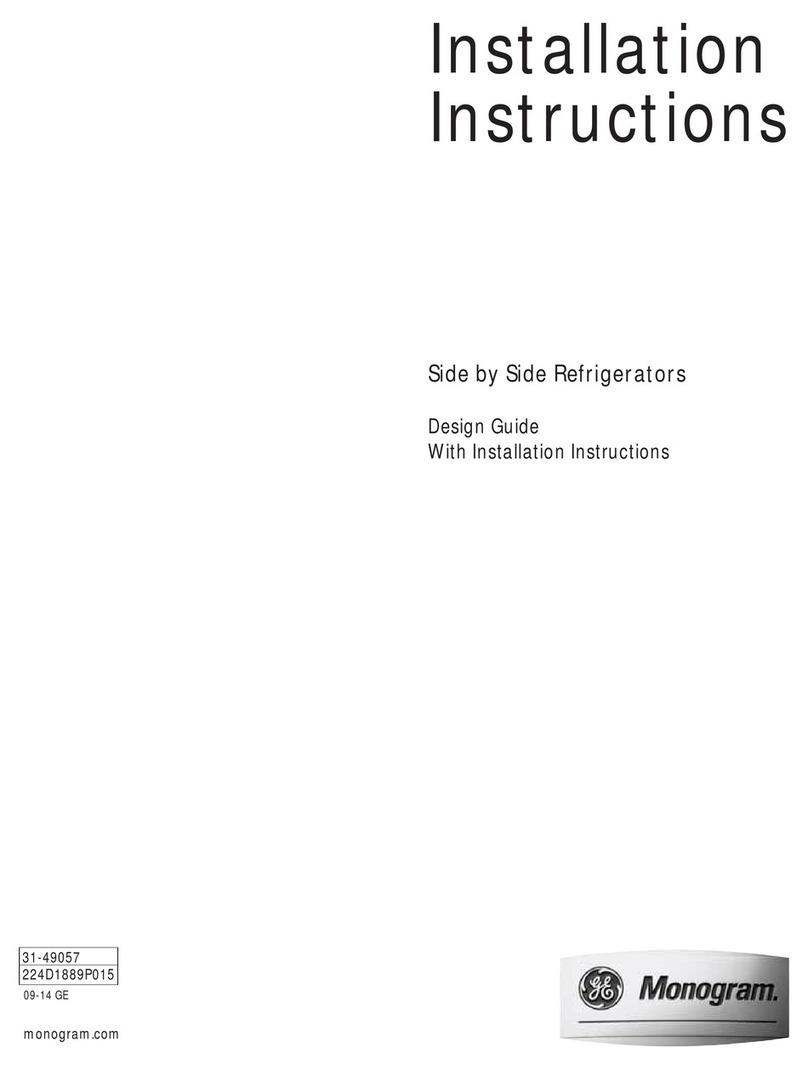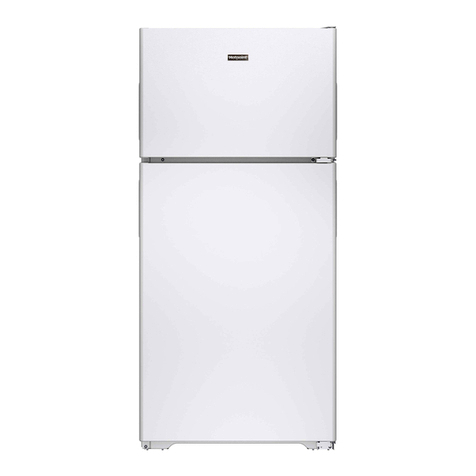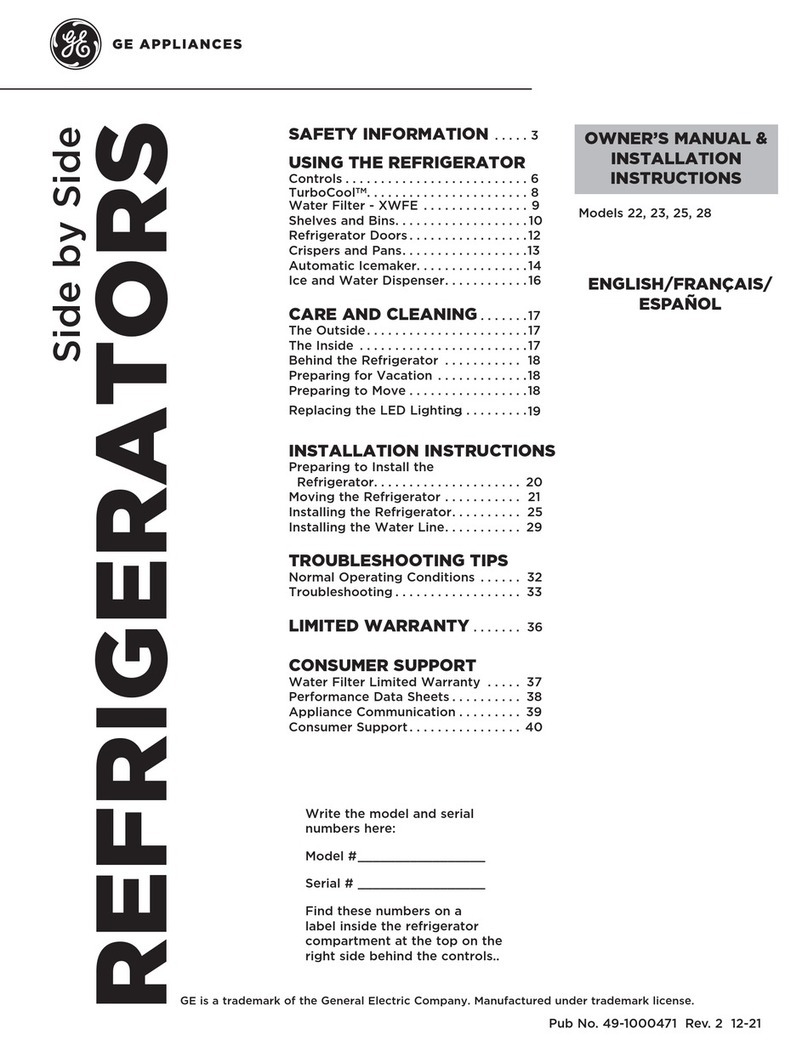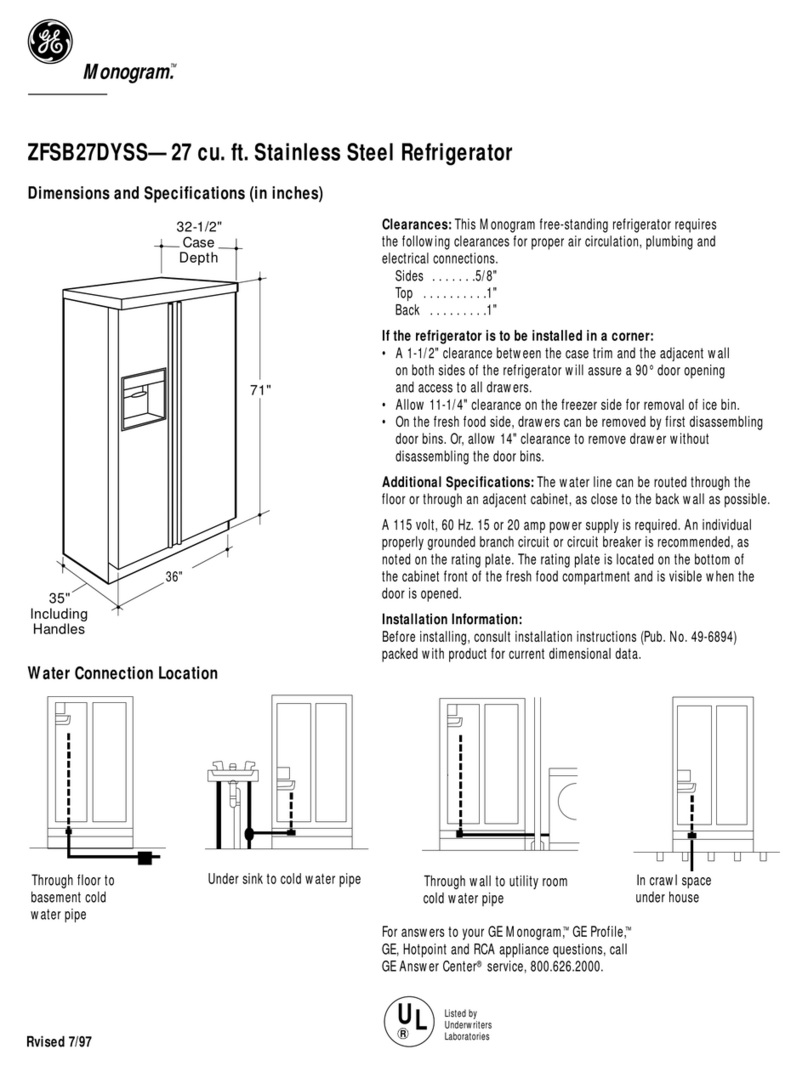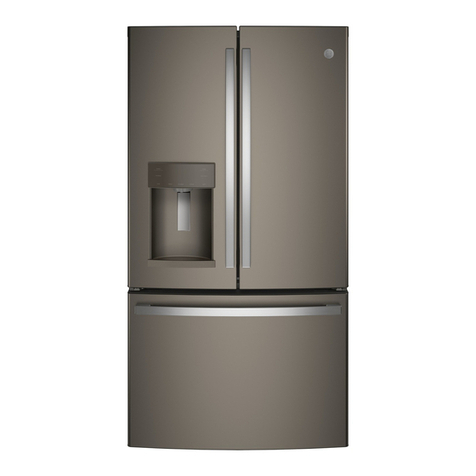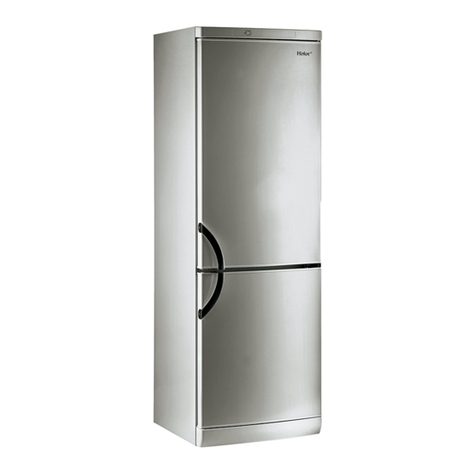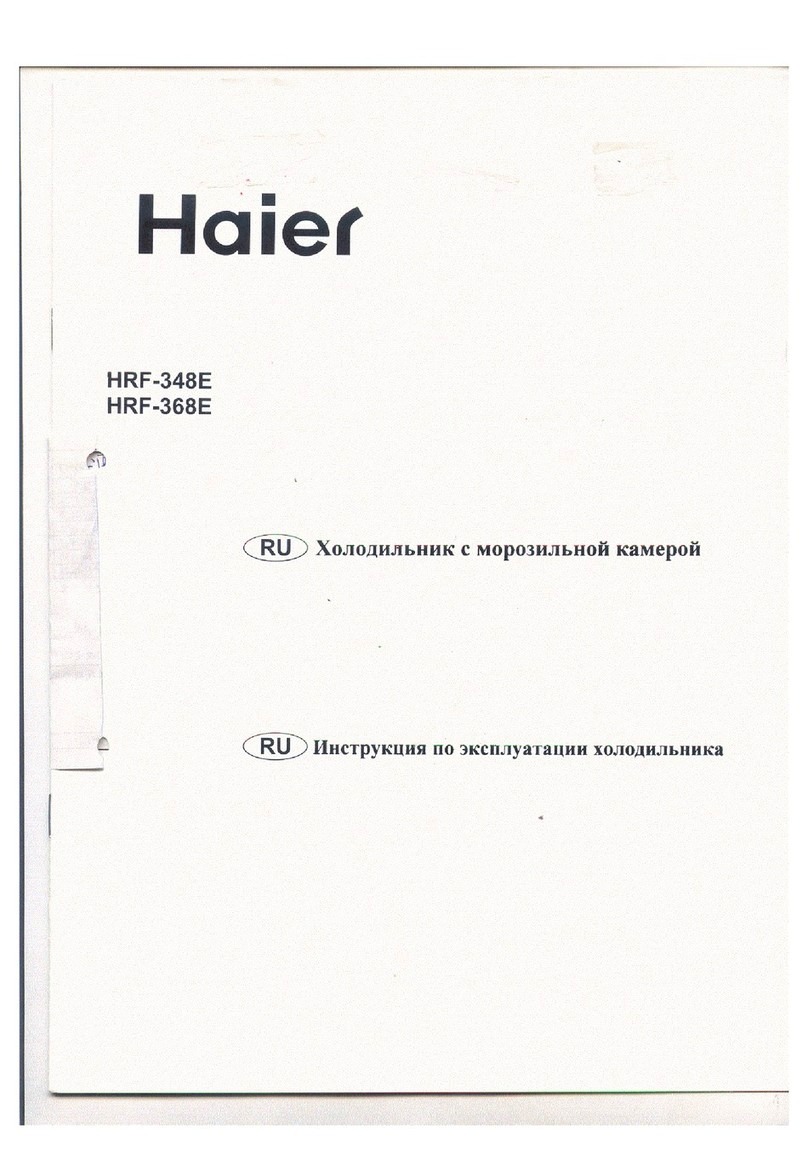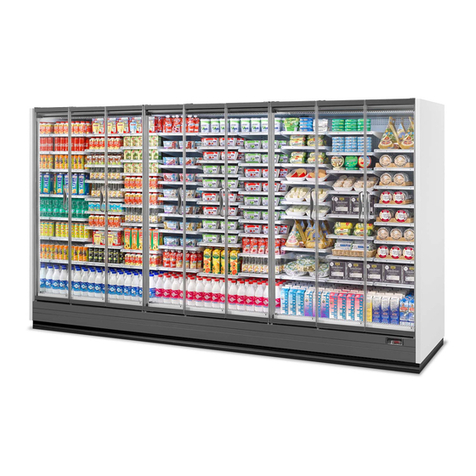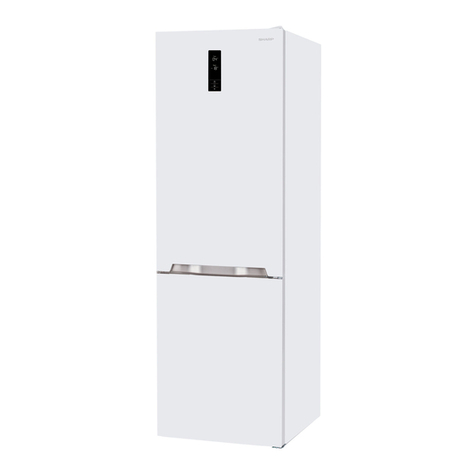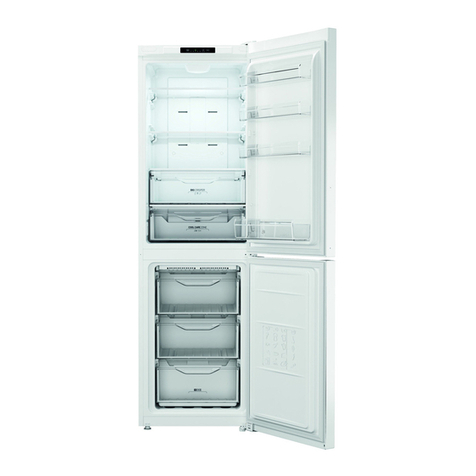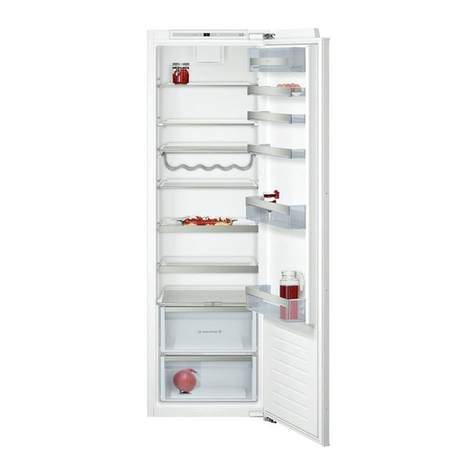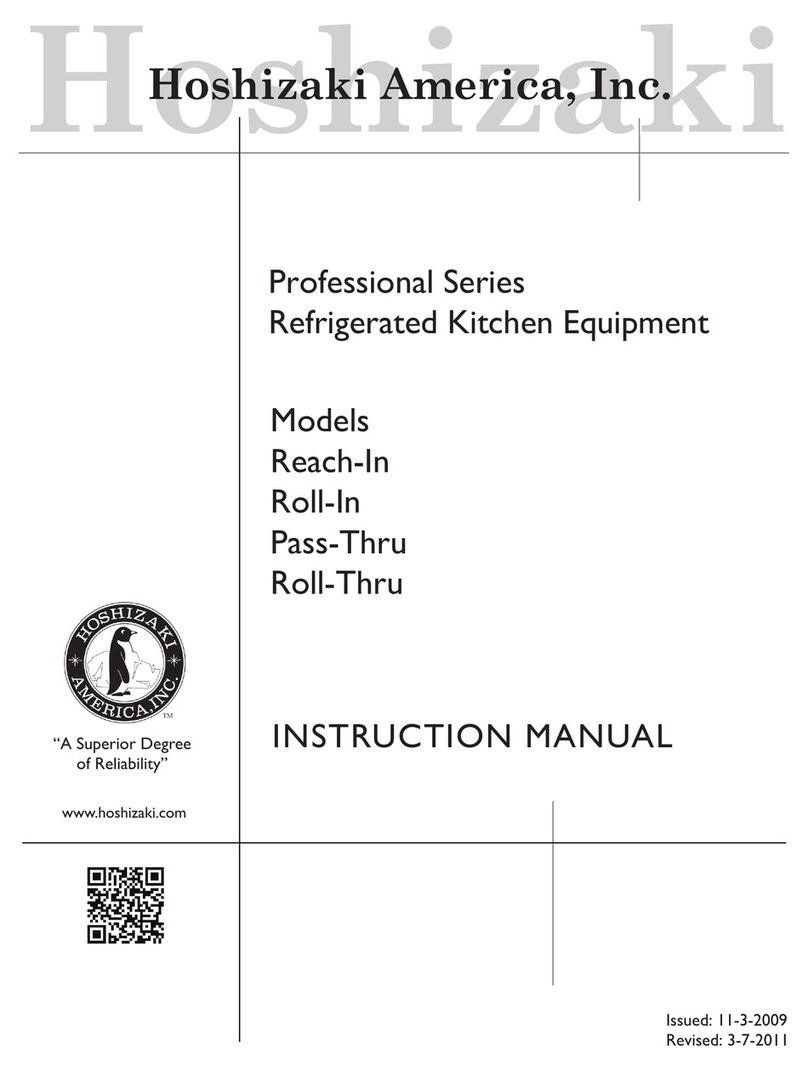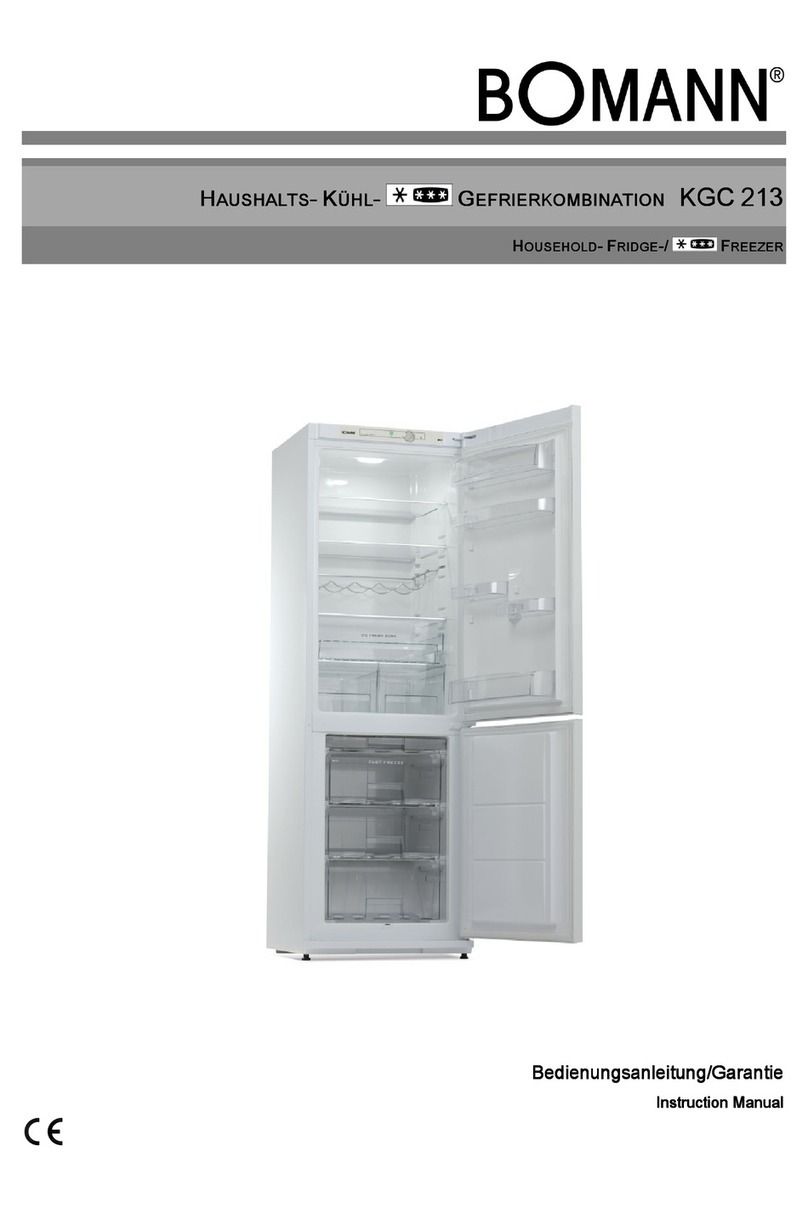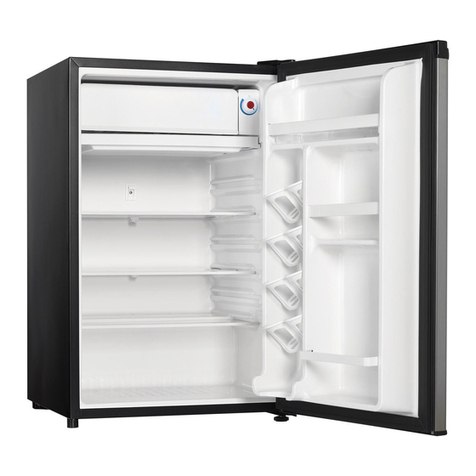InSbllatiOn Requirements(continued)-IMPORTANT..
.
Please Read Carefully
Use of Adapter Plug
Becauseof potential safety
hazards under certainconditions,
we strongly recommend against use
of an adapter plug. However,
if
you
stillelect to use anadapter, where
local codespermit,aTEMPORARY
CONNECTION may be made toa
properly grounded two-prongwall
outletby use of a UL listedadapter
(Fig.
2)
availableat most local
hardware stores.
lADAPTERPLUGSNOT
PERMITTED IN CANADA)
Larger slot
in
adapter must be
aligned
with
larger slot
in
wall
outletto provide proper polarity
in
connection of power cord.
CAUTION:
Attaching adapter
ground terminal
to
wall outlet cover
screw does not ground the appliance
unless cover screwis metal, and not
insulated, andwall outletis grounded
through housewiring.
You
should
have the circuit checkedby aqualified
electricianto make sure the outlet
is properly grounded.
When disconnectingthe power
cord fromtheadapter,
always hold
the adapter
with
one hand. If this
is not done,the adapterground
terminal is very likely to break
with
repeated use.
Shouldthe adapter ground
terminal break,
DO
NOT
USE
the
applianceuntila proper ground
has again beenestablished.
Use
ofExtension Cords
Becauseof potential safety
hazards under certain conditions,
we stronglyrecommend against the
use of an extensioncord. However,
if
you still elect to use an extension
cord,
it
is absolutelynecessary that
it
be a UL listed3-wire grounding
type
applianceextension cord having
a groundingtype plugand outlet
and thatthe electrical ratingof the
cord be
15
amperes (minimum)and
120volts. Such extensioncords are
obtainablethrough yourlocal
serviceorganization.
The refrigerator should always
be plugged into
its
own
individual electrical outlet-
(115 volt,
60
Hertz, or
100
volt,
50
Hertz, singlephase AC).This is
recommended for bestperformance
and to prevent overloading house
wiring circuits, which couldcause
afirehazard from overheating wires.
Refrigerator Location
Do
not install refrigerator where
temperature willgobelow
60°F.
because
it
will
not run often enough
to maintain propertemperatures.
Do
install
it
on a floorstrong
enoughto supporta fully loaded
refrigerator.
Also see Energy-Saving Tips
regarding location.
Clearances
Allow the followingclearancesfor
easeof installationand proper air
circulation.
Sides ...............314"
Top
..................
1"
Back
.................
1"
Water Supply toIcemaker
(on
models
so
equipped)
You will need toconnectyour
icemakerto acold water line.
A
water supply kitcontainingcopper
tubing, shut-off valve,fittingsand
instructionsis availableatextra
cost from your dealer.Thereshould
be
sufficient tubingforthe icemaker
from the cold water supply
to
allow
moving therefrigeratorout from
the wall several feet(approximately
3
coilsof 1/4-inchcoppertubing
that measuresat least10 inches in
diameter).
4
RollerdLeveling
Legs
Some modelshave adjustable
rollers
that enableyou to move
the refrigeratoraway from the
wall for cleaning; othermodels
have
adjustable leveling legs.
Rollers
or
legs, located behind the
base grille, should be set
so
the
refrigeratoris firmly positioned on
the
floor
and the front is raisedjust
enough that thedoors close easily
when openedabout halfway.
To
adjust rollersor leveling legs,
remove the basegrille by grasping
it
at the bottom and pulling
it
out.
Turn roller adjusting screwsor
leveling legs
clockwiseto raise
refrigerator,counterclockwise
to
lower
it.
Use adjustablewrench
(318" hexhead bolt) or pliers.
When adjustingfront rollers
or
leveling legs
for
properdoorclosure,
it is recommended that the bottom
frontedge
of
the cabinetbe
approximately 3/4"from the
floor.
To
replace basegrille,
align prongs
SFback of grillewith clamps in
cabinet and push forward until
grille snapsinto place.
I
c
